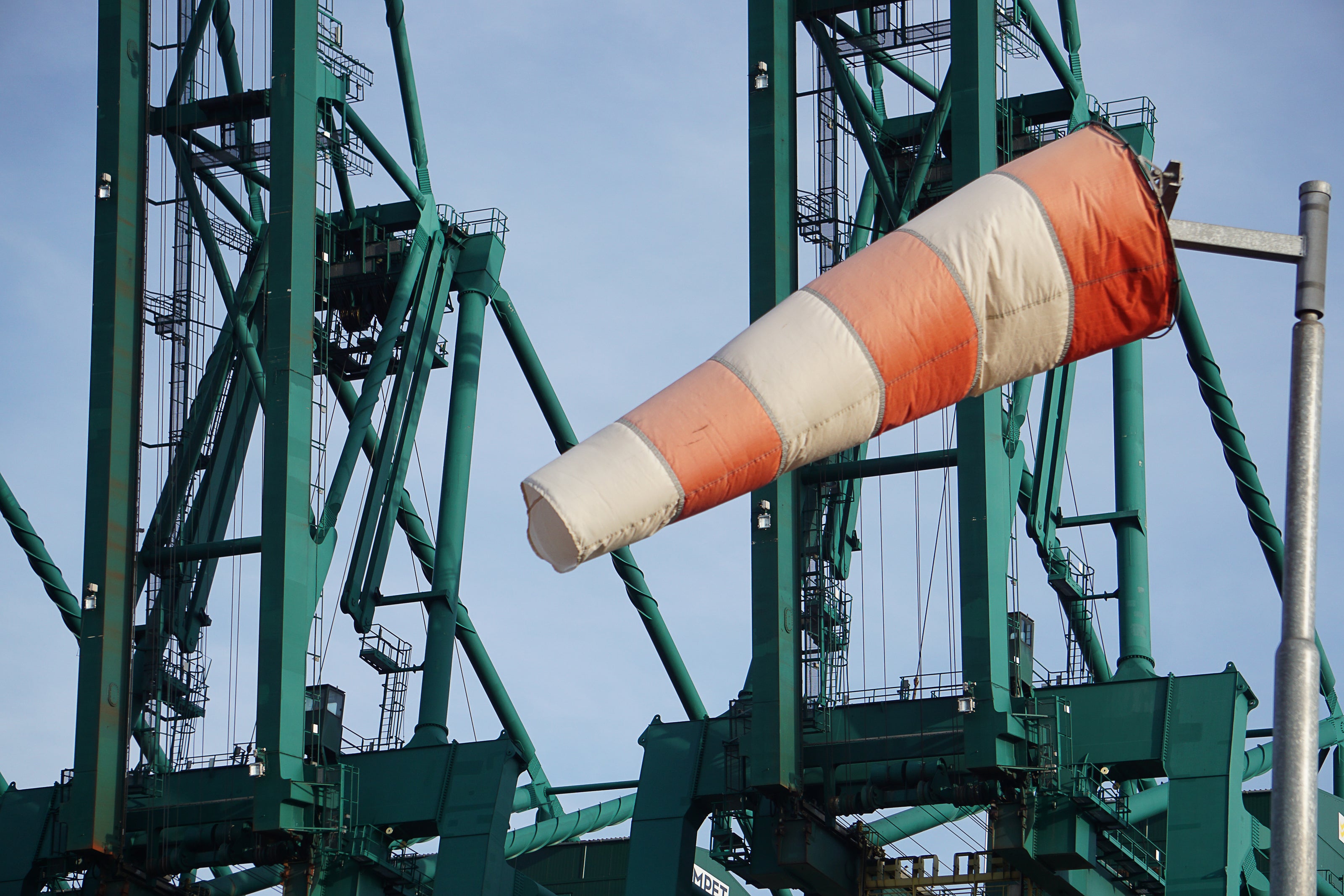Our Windsock Collection
A windsock is typically used to measure which direction the wind blows. Whilst the majority of people will relate to windsocks at airports, helipads, chemical plants or on the side of motorways, commercial windsocks are also used to identify the wind direction and gauge wind speed in many other settings and locations such as: golf courses, camping sites, fayres and events. Piggotts offers a large variety of high visibility and heavy duty windsocks and windsock poles.
-
Hypaguard Windsock
Regular price From £29.88Regular priceUnit price / per -
Safeguard Windsock
Regular price From £27.00Regular priceUnit price / per
Windsock Requirments
-

Visibility
Windsocks are typically made from UV-resistant and weather-resistant fabric to ensure durability in outdoor conditions. They are designed in bright, contrasting colors—such as orange or red with white stripes—to maximize visibility from a distance.
-

Wind Response
A windsock must be lightweight and move freely to show wind direction and speed. It should start to extend at 3 knots (5.6 km/h) and be fully extended at 15 knots (28 km/h), giving a clear visual cue of wind conditions.
-

Windsock Size
For aviation, windsocks are typically 8 to 12 feet (2.4 to 3.7 meters) long, with an opening diameter of about 18 inches (45 cm) or more. Smaller sizes may be used for non-aviation purposes where less visibility is required.
-

Windsock Mounting
A windsock should be mounted on a pivoting frame or swivel mechanism to rotate freely with the wind. It must be placed on a pole tall enough, typically 10 to 15 feet or more, to keep it clear of obstructions and ensure accurate wind readings.
-

Illuminating Your Windsock
If used at night, such as at airports, a windsock must be properly illuminated, usually from above, to ensure it remains visible and functional in low-light conditions.
-

Compliance
For aviation purposes, windsocks must comply with standards set by the ICAO (International Civil Aviation Organization) or the FAA (Federal Aviation Administration) to ensure accuracy, visibility, and safety.
Windsock FAQs
Collapsible content
What is a windsock used for?
A windsock is a fabric tube designed to indicate wind direction and provide a visual estimate of wind speed. They are commonly used in aviation, petrochemical plants, helipads, highways, and even at events or golf courses to enhance safety and awareness.
Where are windsocks typically installed?
Piggotts supplies windsocks for a wide range of settings, including:
Airports and airfields
Helipads and heliports
Oil rigs and chemical plants
Seaports and offshore platforms
Factories and manufacturing sites
Agricultural fields
Mountain roads and highways
Events and promotional displays
What sizes are available?
Standard sizes range from 3ft to 14ft in length, with varying mouth and tail diameters.
For example, the Safeguard model comes in sizes like 3ft (15″ mouth, 8″ tail) up to 14ft (42″ mouth, 21″ tail).
What materials are Piggotts windsocks made from?
Piggotts offers windsocks made from:
- Lightweight and suitable for aviation use.
- Durable and water-resistant, ideal for heavy-duty applications.
- Lightweight and responsive to light breezes
Do Piggotts provide windsock poles and mounting hardware?
Yes, we offer a variety of windsock poles and mounting solutions suitable for different applications. For specific requirements, it's recommended to contact our sales team.
How should I maintain my windsock?
Regular inspection for wear and tear is advised. Cleaning should be done according to the material specifications, and any damaged components should be replaced promptly to ensure accurate wind indication.








